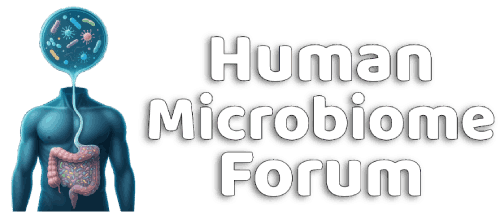Michael Harrop
Well-known member
- https://theconversation.com/infections-after-surgery-are-more-likely-due-to-bacteria-already-on-your-skin-than-from-microbes-in-the-hospital-new-research-227435
- https://www.science.org/doi/10.1126/scitranslmed.adk8222
Health care providers and patients have traditionally thought that infections patients get while in the hospital are caused by superbugs they’re exposed to while they’re in a medical facility. Genetic data from the bacteria causing these infections – think CSI for E. coli – tells another story
surgical site infections occur following about 1 in 30 procedures, typically with no explanation
Current protocols for infection prevention, such as antibiotics or topical antiseptics, follow a one-size-fits-all model – for example, the antibiotic cefazolin is used for any patient undergoing most procedures – but personalization could make them more effective.
Editor’s summary
Despite enhanced sterility procedures, surgical site infections can still occur after surgery. To examine why, Long et al. compared the microbes found in surgical site infections with the endogenous microbiome at the to-be surgical location of those same patients before spine surgery. Genomic analysis of these pre- and postoperative strains showed no evidence of between-patient pathogen transfer. Rather, for most individuals, the bacteria responsible for the surgical site infection, along with any antibiotic resistance genes circumventing the chosen prophylactic antibiotic, were likely already present on the patient’s own skin before the first incision. These findings suggest a need for alternative antiseptic strategies. —Catherine Charneski
Abstract
Despite modern antiseptic techniques, surgical site infection (SSI) remains a leading complication of surgery. However, the origins of SSI and the high rates of antimicrobial resistance observed in these infections are poorly understood. Using instrumented spine surgery as a model of clean (class I) skin incision, we prospectively sampled preoperative microbiomes and postoperative SSI isolates in a cohort of 204 patients. Combining multiple forms of genomic analysis, we correlated the identity, anatomic distribution, and antimicrobial resistance profiles of SSI pathogens with those of preoperative strains obtained from the patient skin microbiome. We found that 86% of SSIs, comprising a broad range of bacterial species, originated endogenously from preoperative strains, with no evidence of common source infection among a superset of 1610 patients. Most SSI isolates (59%) were resistant to the prophylactic antibiotic administered during surgery, and their resistance phenotypes correlated with the patient’s preoperative resistome (P = 0.0002). These findings indicate the need for SSI prevention strategies tailored to the preoperative microbiome and resistome present in individual patients.
- Format correct?
- Yes
